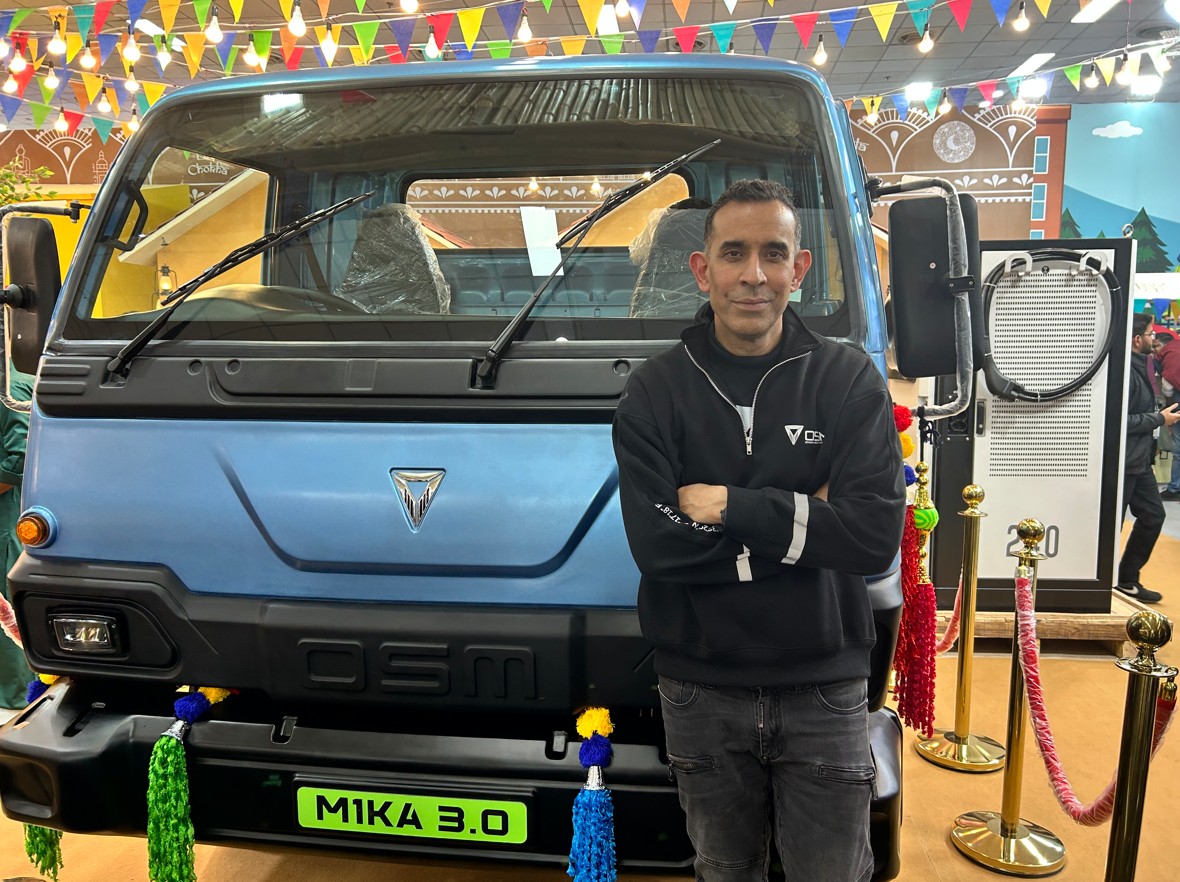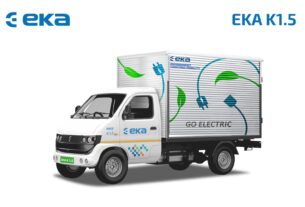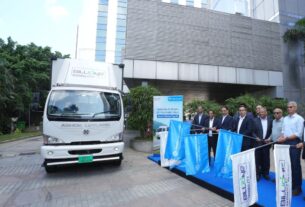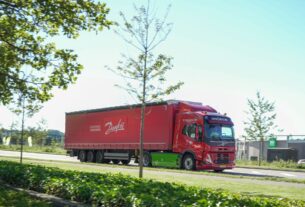At the recently concluded Bharat Mobility 2025, Uday Narang, Founder & Chairman of Omega Seiki Mobility (OSM), shared his views on the rapidly evolving electric vehicle (EV) landscape in India and the company’s role in shaping a cleaner, more sustainable future. As an active player in the EV space, OSM has been at the forefront of innovation, and Narang spoke about the significant strides the company has made in electric mobility.
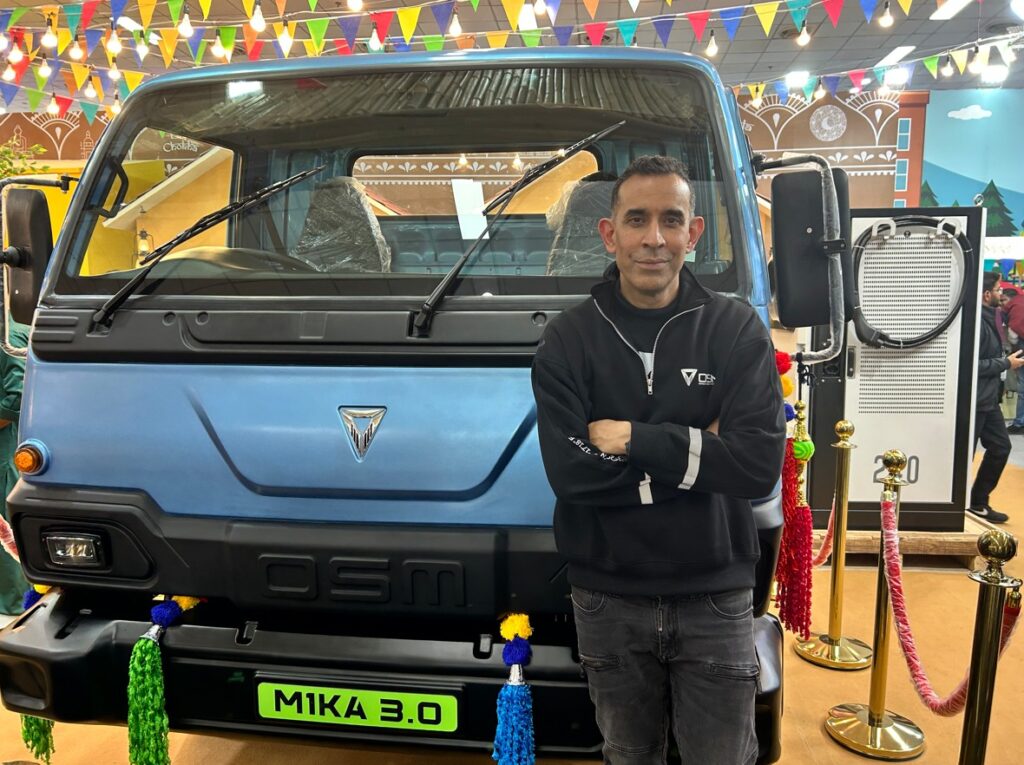
“It’s great to be here at the Bharat Mobility Show,” Narang began, reflecting on the event. “People often say they want to be electric, but I don’t need any charging—this whole atmosphere is making me electric.”
Narang’s passion for electric mobility is evident, as he continues to challenge the status quo and push boundaries in the industry. “When others were sleeping, I was out there on the front lines,” he asserted. “Today, I’ve built my own city, and even more importantly, my own ‘dhaba’—that’s where my customers sit.”
OSM recently introduced a 7-ton truck with 15-minute fast charging capabilities, offering 150 kilometers on a single charge. Narang emphasized that the pricing for these electric trucks is below Rupees 7 lakh, matching the cost of traditional internal combustion engine (ICE) vehicles. “People used to say ICE is cheaper than electric, but those days are gone. It’s time to make this country cleaner and greener.”
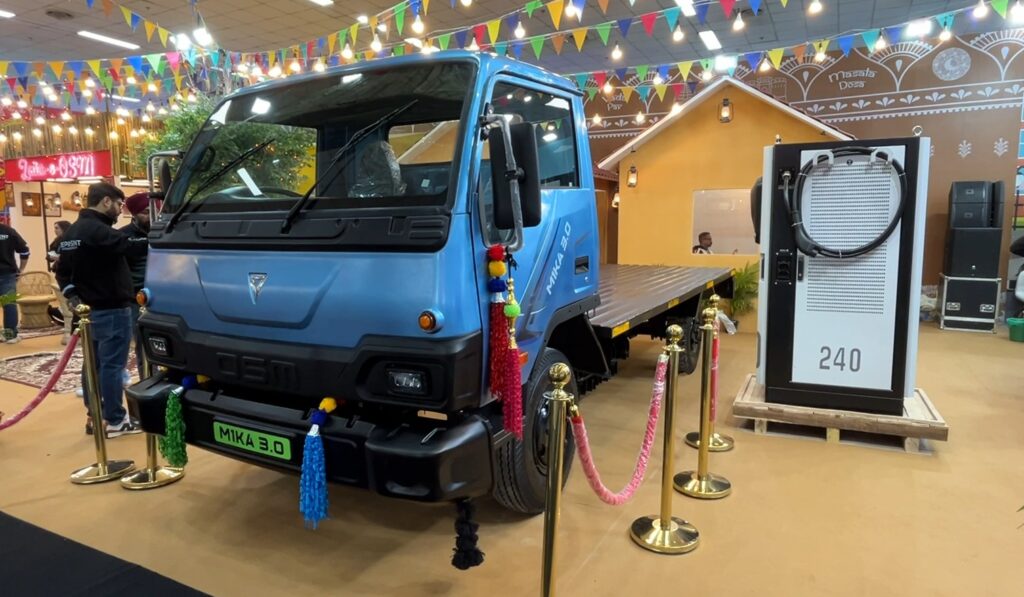
Narang’s commitment to transforming India’s transportation sector aligns with his larger mission, which he calls “Mission Impossible.” He believes the journey towards a cleaner future isn’t one that can be accomplished alone but requires collective effort from everyone, including consumers, policymakers, and manufacturers. “What Modi Ji is talking about is great, but we all need to be on this journey together to make this country cleaner.”
Addressing one of the industry’s most significant concerns—range anxiety—Narang assured that OSM is tackling the issue head-on. “With 15-minute fast charging, you can cover 150 kilometers in a day. And that’s just the beginning; we’re working on solutions that go beyond just charging.”
He also highlighted OSM’s collaboration with SUN Mobility to develop a swappable battery model, which offers even more options for operators. “We’re making sure that service and parts availability are taken care of. At the end of the day, we need to ensure two things: the availability of parts and service, and the total cost of ownership. If the total cost of ownership doesn’t work, then we’re not solving the problem.”
In a country as vast and diverse as India, Narang acknowledged that there are challenges in convincing drivers and fleet operators to adopt electric vehicles. “There are pain points, but Rome wasn’t built in a day. We’re working with drivers, providing them with knowledge and training. It’s about incentivizing them, making sure they understand the benefits of electric mobility, and offering better pay and job security.”
When asked about OSM’s competitive edge, Narang highlighted the company’s 55 years of manufacturing expertise and its extensive factory network across India. “We’ve been in manufacturing for decades, and the market is asking for new products. We’ve done that with three-wheelers, and we’ve even built four-wheelers, but they were too expensive. So, we went back to the drawing board.”
Reflecting on the company’s performance, Narang shared a positive outlook. “We’ve seen a 10-12% growth and are on track to be positive. We’re preparing for an IPO in the next 12 to 15 months, and I believe the future looks bright for OSM.”


